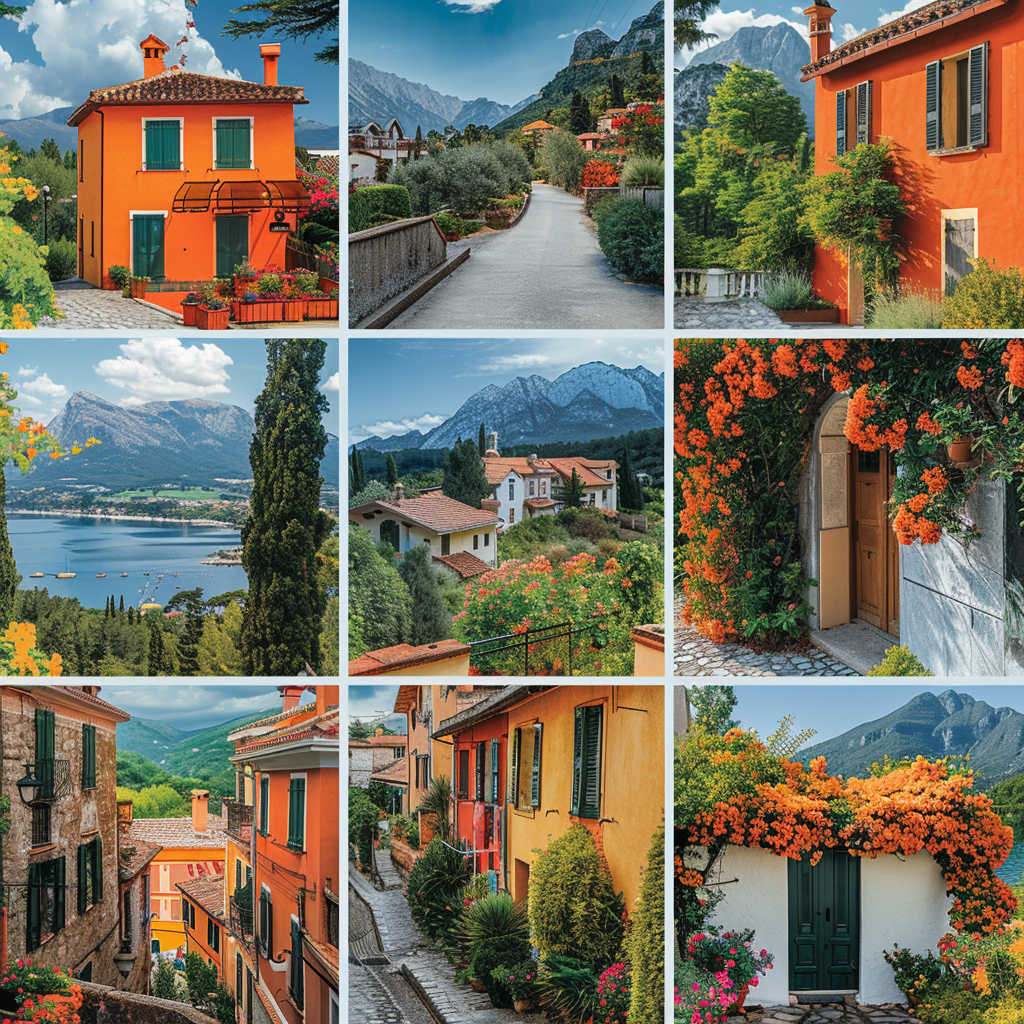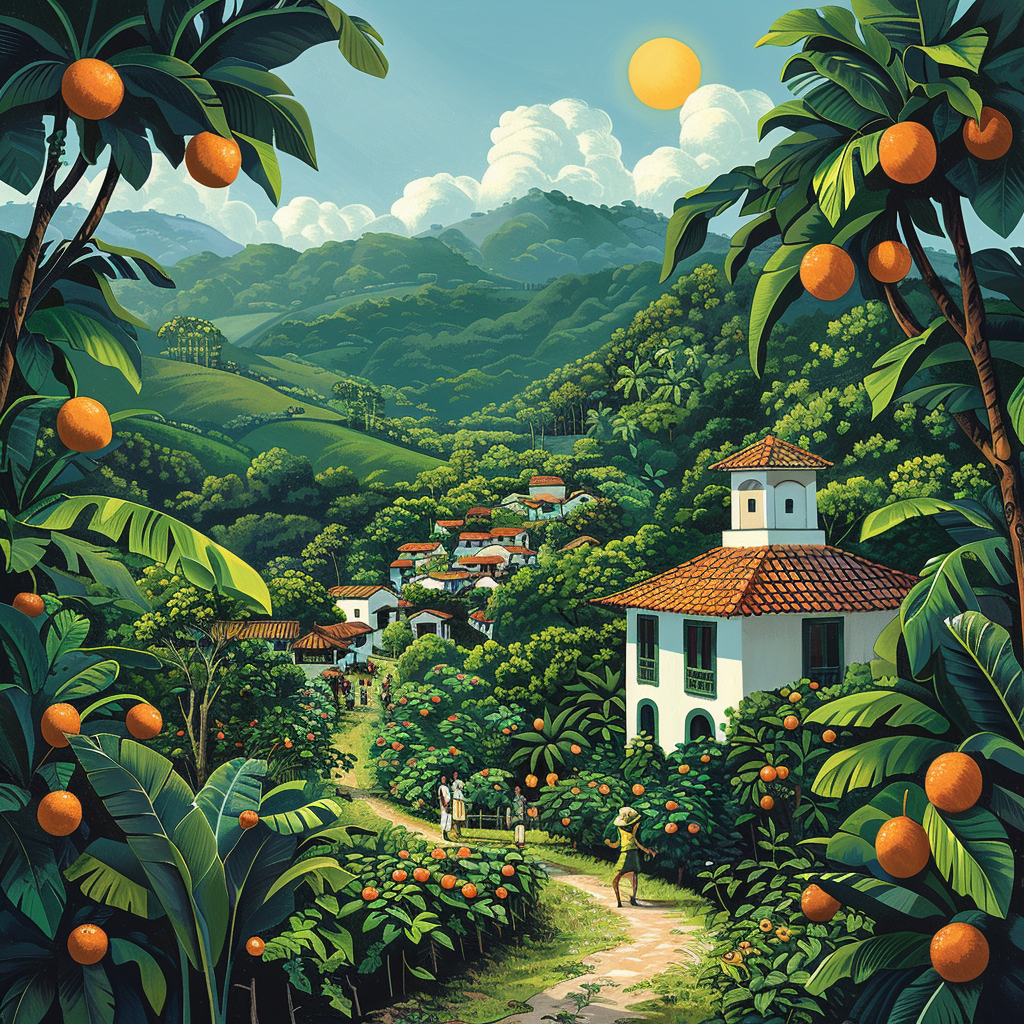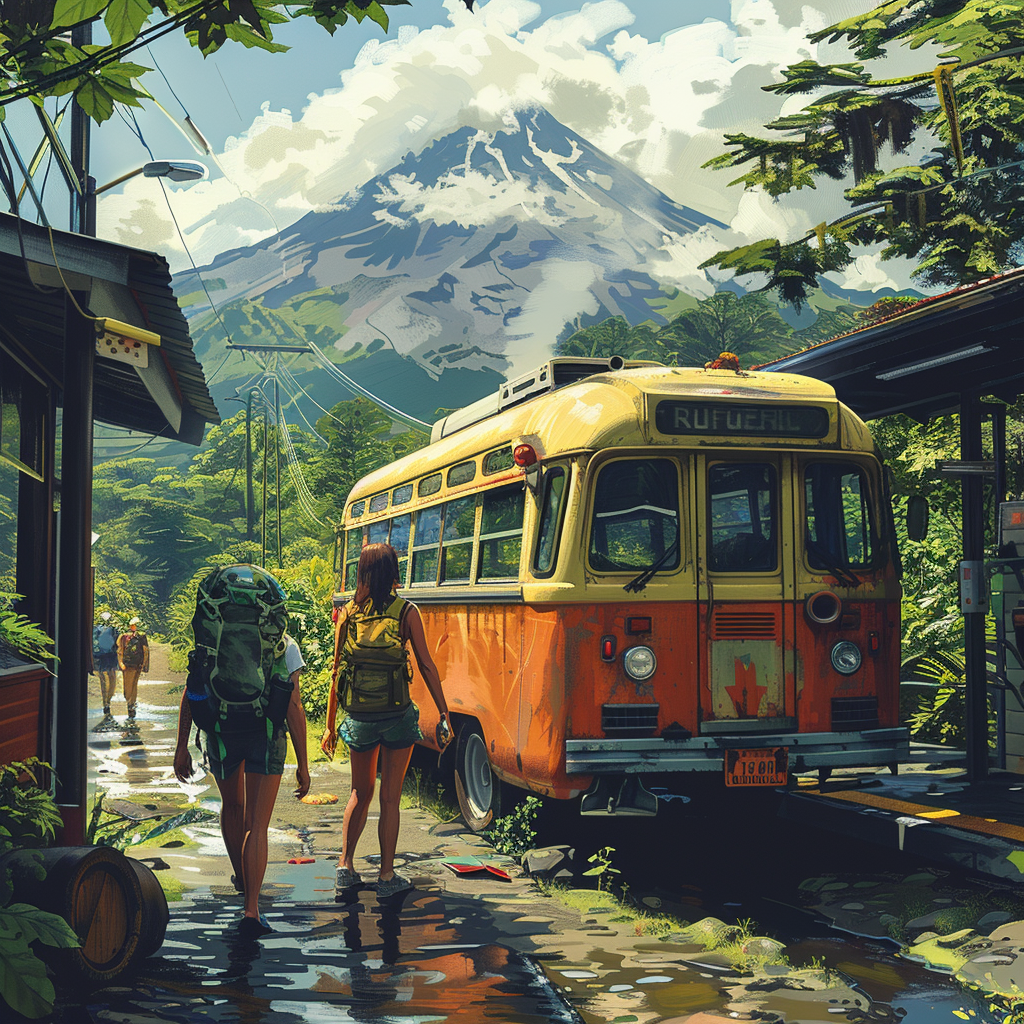
Deep in the heart of Colorado lies a natural attraction that's unlike any other spot in the state – the aptly named Flat Tops Wilderness. This extraordinary landscape challenges everything you thought you knew about Colorado's rugged mountain terrain, offering visitors a glimpse into one of the most unique geological formations in the American West.
A Landscape Unlike Any Other
While Colorado is renowned for its towering peaks and jagged ridgelines, the Flat Tops Wilderness presents an entirely different vision of alpine beauty. Spanning over 235,000 acres across the White River and Routt National Forests, this protected area lives up to its name with vast, table-flat plateaus that stretch endlessly toward the horizon. These ancient volcanic tablelands, formed millions of years ago by massive lava flows, create an otherworldly landscape that feels more like the surface of an alien planet than the Colorado Rockies.
The wilderness encompasses elevations ranging from 7,000 to over 12,000 feet, with the signature flat-topped mesas rising dramatically from deep valleys and canyons below. This unique topography creates a diverse ecosystem where high alpine tundra meets dense spruce-fir forests, and crystal-clear mountain lakes dot the landscape like scattered jewels.
Wildlife Paradise in the High Country
The Flat Tops Wilderness serves as a crucial habitat for some of Colorado's most iconic wildlife species. The area supports the largest migratory deer and elk herds in the state, making it a premier destination for wildlife enthusiasts and photographers. During autumn, the haunting bugle calls of bull elk echo across the plateaus as the rut begins, creating one of nature's most spectacular displays.
Black bears roam the berry-rich slopes and meadows, while mountain lions patrol the rim rocks and deep canyons. The wilderness is also home to moose, mountain goats, bighorn sheep, and an incredible diversity of bird species. Golden eagles and peregrine falcons soar above the mesas, while ptarmigan and rosy-crowned finches inhabit the highest elevations.
Perhaps most remarkably, the Flat Tops contains one of Colorado's most important lynx habitats. These elusive cats, reintroduced to the state in the late 1990s, have found ideal conditions among the dense spruce forests and open meadows of the plateau country.
A Fisherman's Dream Destination
The Flat Tops Wilderness contains over 110 high-alpine lakes, many of which remain unnamed and virtually untouched by human activity. These pristine waters, formed by ancient glacial activity and volcanic processes, offer some of the finest high-country fishing in Colorado. Native cutthroat trout populations thrive in many of these remote lakes, providing anglers with the opportunity to experience truly wild fishing in spectacular settings.
The South Fork White River, which flows through the heart of the wilderness, is considered one of Colorado's premier wild trout streams. Its clear, cold waters wind through meadows carpeted with wildflowers before plunging into deep canyons carved through ancient volcanic rock. Brook trout, brown trout, and native cutthroat trout all call these waters home.
Hiking and Backpacking Adventures
The Flat Tops offers over 160 miles of maintained trails that provide access to every corner of this vast wilderness. Unlike many Colorado hiking destinations that focus on peak-bagging, the trails here lead to expansive plateaus where visitors can walk for miles across relatively flat terrain while surrounded by 360-degree mountain vistas.
The Chinese Wall Trail is perhaps the most famous route in the wilderness, following an ancient volcanic dike that rises dramatically from the surrounding landscape. This narrow ridge provides hikers with incredible views into deep canyons on both sides while offering access to some of the area's most pristine lake basins.
For backpackers, the Flat Tops presents unique opportunities for multi-day adventures. The relatively flat terrain makes it possible to cover significant distances while carrying heavy packs, and the numerous lakes provide excellent camping opportunities. Many visitors report that camping on these high plateaus under star-filled skies creates an almost spiritual connection to the landscape.
Seasonal Splendor
Each season transforms the Flat Tops Wilderness into a completely different world. Spring brings explosive wildflower displays as snowmelt feeds countless seasonal streams and waterfalls. The plateau meadows become carpeted with Indian paintbrush, lupine, columbines, and dozens of other alpine species.
Summer offers the most accessible conditions, with warm days perfect for hiking and fishing, and cool nights ideal for camping. The high elevation ensures comfortable temperatures even during the hottest months, making it an excellent escape from lower elevation heat.
Autumn may be the most spectacular season in the Flat Tops. The aspen groves that line the canyon bottoms and north-facing slopes explode into brilliant gold, creating a stunning contrast against the dark volcanic rock and deep blue alpine lakes. The changing leaves, combined with the bugling elk and crisp mountain air, create an unforgettable wilderness experience.
Winter transforms the area into a pristine white wilderness accessible primarily by snowshoe and cross-country skiing. The flat plateaus become perfect for Nordic skiing, while the deep snows create excellent conditions for wildlife tracking and photography.
Geological Wonder
The geological story of the Flat Tops is as fascinating as its current landscape. These mesas represent one of the largest high-elevation volcanic plateaus in North America, formed by massive eruptions that occurred between 24 and 8 million years ago. The volcanic activity created layers of basalt that eventually cooled into the flat-topped formations we see today.
Subsequent glacial activity carved the deep valleys and canyons that provide such dramatic contrast to the flat summits. The result is a landscape where visitors can stand on ancient lava flows while looking down into valleys carved by ice-age glaciers, creating a geological timeline spanning millions of years.
The volcanic rock formations also create unique features like natural bridges, slot canyons, and rim rock formations that provide habitat for specialized plant and animal communities. These geological features make the Flat Tops a living laboratory for understanding Colorado's volcanic past.
Planning Your Visit
The Flat Tops Wilderness requires careful planning due to its remote location and challenging access roads. Most trailheads are reached via forest service roads that can be rough and may require high-clearance vehicles. The wilderness is typically accessible from June through October, though conditions can vary significantly based on snowpack and weather.
Popular access points include the Stillwater Reservoir area, Vaughn Lake, and the Ripple Creek area, each offering different perspectives on this unique landscape. Visitors should be prepared for rapidly changing weather conditions and should carry appropriate gear for high-altitude wilderness travel.
The nearest communities for supplies and services are Meeker, Yampa, and Rifle, though each requires a significant drive on forest service roads to reach wilderness trailheads. This remoteness is part of the Flat Tops' appeal, ensuring that visitors truly experience wilderness solitude.
Conservation Legacy
The Flat Tops holds the distinction of being one of the areas that inspired the creation of America's wilderness preservation system. Legendary conservationist Arthur Carhart conducted surveys in the area in the 1920s and recommended that it be preserved in its natural state. His work in the Flat Tops, along with Aldo Leopold's efforts in New Mexico's Gila National Forest, laid the groundwork for what would eventually become the National Wilderness Act of 1964.
Today, the area's protected status ensures that future generations will be able to experience the same wild landscape that inspired early conservationists. The wilderness designation prohibits motorized vehicles, permanent structures, and commercial activities, preserving the area's pristine character for hiking, fishing, hunting, and wildlife viewing.
A Hidden Gem Worth Discovering
While Colorado's famous fourteeners and resort towns draw millions of visitors annually, the Flat Tops Wilderness remains relatively unknown to many outdoor enthusiasts. This hidden gem offers something increasingly rare in our modern world: true wilderness solitude combined with landscape beauty that defies description.
Whether you're seeking world-class fishing in pristine alpine lakes, wildlife photography opportunities in one of Colorado's most biodiverse ecosystems, or simply the chance to walk across ancient volcanic plateaus under endless skies, the Flat Tops Wilderness delivers an experience that will fundamentally change your understanding of what Colorado wilderness can be.
In a state known for its dramatic peaks and crowded trails, the Flat Tops stands apart as a place where visitors can still experience the Colorado wilderness as it existed centuries ago – wild, untamed, and absolutely breathtaking. For those willing to make the journey into this remote corner of the state, unbelievable beauty truly does await.





